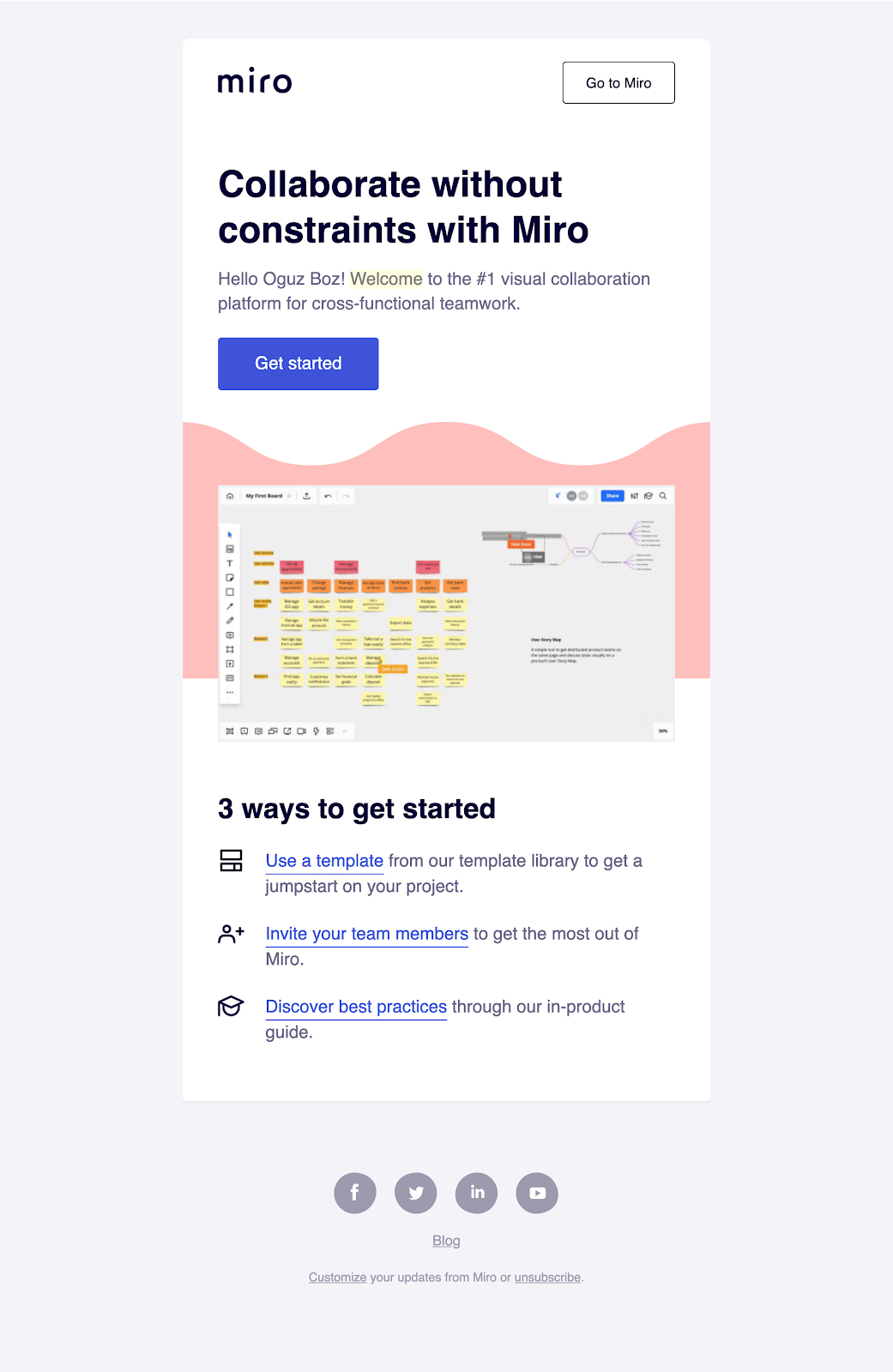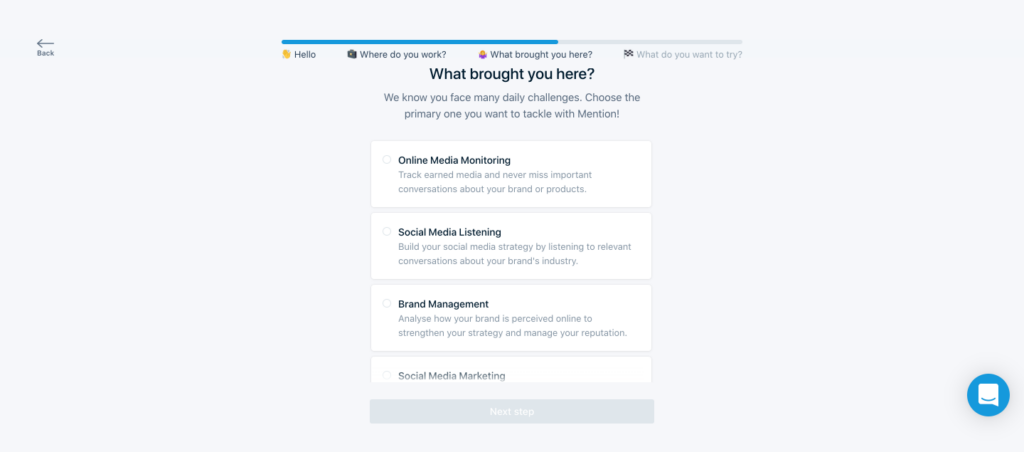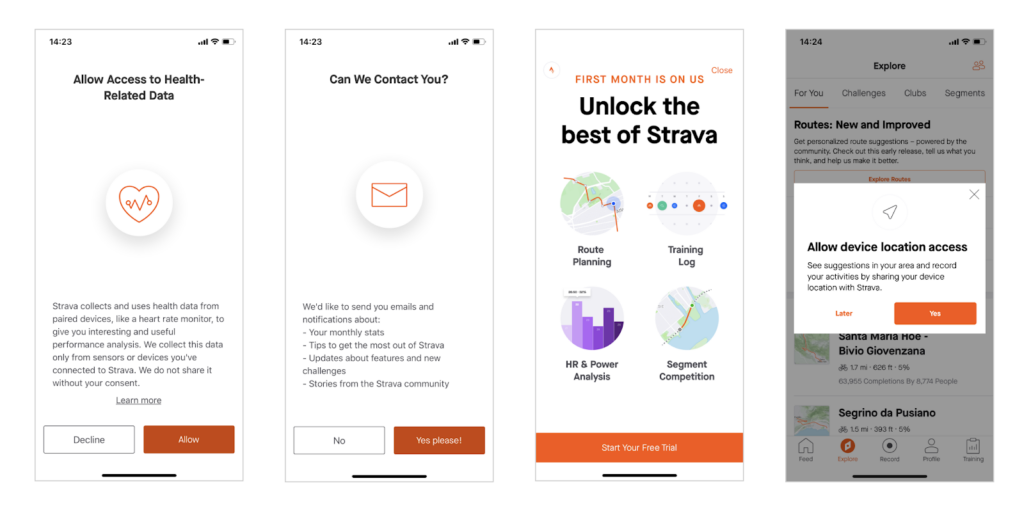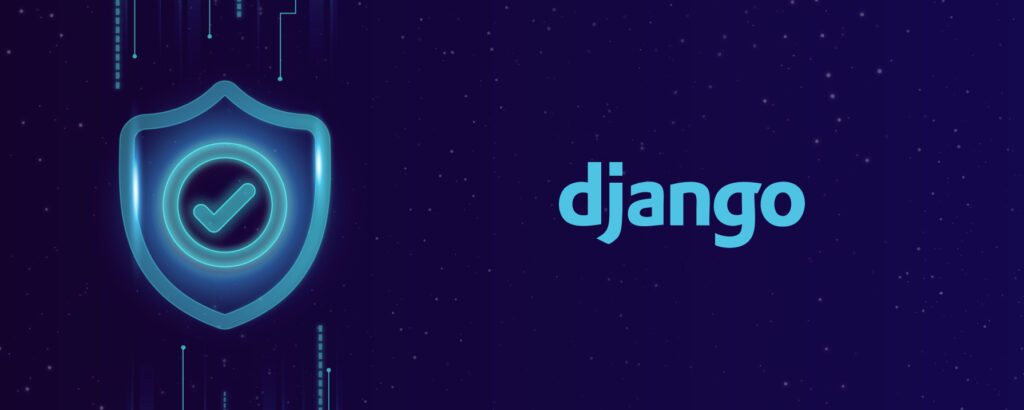That makes the onboarding process so important. Your prospective users already decided to download your app. This is where you convince them to stay and show that it will worth it. There are 5 points to cover if you wish to convey a successful onboarding strategy.
- Keep the sign up easy
- Welcome them with an email
- Guide their first login
- Promote in-app engagements
- Educate with emails
Even though some of these points seem quite obvious, there are some little tricks to make them better and more effective. Let’s dive deeper into these strategies.
Easy Sign Up
Always keep the sign-up process as easy as possible. If the entrance is simple, more people will enter. You should ask only for the necessary information to reduce complexity. The urge to collect information from the users should not prevent them from signing up. Encouraging users to take the first step into your platform is the first and main priority. Applying the following best practices for the sign-up process will lead to a better onboarding experience.
Keep sign-up forms short. Do not ask for more than what you need. In most cases, even just an email address is enough. Allow them to create their account first, you can lead them to fill in their profiles in the future.
Social sign-up buttons are there to make people’s lives easier. Use them. They are proven to increase sign-up rates. Moreover, seeing a brand that they respect on your platform will increase trust.
Apply instant inline validation. If the user missed a spot or the input is wrong, show it to them immediately. Moreover, do not show just the mistake, but what is the correct way to do it.
Welcome Email
Your users successfully signed up, congratulations! Now you have to tell them about it as well. Send them a welcome email. It does not have to have to be very intricate or fancy. You can tell that you are happy to see them in your platform, briefly explain what they can achieve on your platform and clear CTAs to begin using the platform.
- Keeping things simple is important here as well. Do not bombard them with information. This is your first official connection with your users, you can inform them when they get acquainted better with your product.
- Thank them for signing up. They took time from their lives to join your platform. Show that you appreciate them joining your platform.
- Include some useful resources and links for new users. They can be links to your blog, case studies or a how-to-start guide. You can monitor and analyze which ones are more popular so that you can improve your content accordingly.
- Reiterate benefits and outcomes that a user can get from your platform. Show them the value that your platform can add to their life.
Miro’s welcome email is a great example. It states their value proposition clearly at the top, addresses the user with their name and provides resources to get started.
First Login Guide
Your users’ first login to your platform is quite crucial. It could flow smoothly or it could interrupt the experience with friction. Guide your users when they first login, you can show them clear CTAs on how to start, you can show them the next steps or show them what paths they can take.
- Do not greet your user with empty UI, that will make them feel lost. Instead, you can help them initiate their first action step by step.
- Show them a clear path. Since your users never used your platform before, they may require some sort of signpost. Therefore break it down to clear steps.
- Positive reinforcement. Show your support to your users by congratulating them when they finish a step during their first login.
Mention has a very user-friendly onboarding guide that understands the users’ needs, sets their goals, shows them which options suits them best to try.
In-App Engagements
Notifications will have a varying effect on onboarding experience. In-app notifications are definitely a key contact point with your users, and you can use them to improve the user experience while onboarding. You can highlight critical features that a user ignores, give small tips, congratulate users’ progress or remind them about missing information.
- Frequency is the key. It can make or break it. You shouldn’t spam the users into frustration but also not fade into the background and be invisible. There is a balance here and it is best to find the right way by experimenting with your user segment.
- The notifications shouldn’t give away the farm. It should give the right amount of information to the users but still encourage them enough to explore the product.
- Do not apply tempting dark UX patterns. Allow your users to opt-out or change notification frequency in your platform.
For the first login, Strava shows quite clear notifications and what are their purposes. Clear communication is critical when it comes to onboarding new users to your platform.
Educate with Emails
After the first welcome email, now it is time to engage your users and educate them with other emails. There are different strategies to use when it comes to sending emails to users. They depend on your user segment, type of your business, your approach to the users and many other aspects. However, there are again some best practices and guidelines to follow in any case.
- If you are going to introduce your features with your emails, remember to have one feature per email. Each new concept is introduced in the following emails. These are called drip campaigns and the reason is that they are small and frequent.
- These emails aim to entice the user and make them go into your platform, let it be either website or a mobile app. Therefore put relevant CTAs and reminders in your emails to engage your users.
- Behaviour-based emails work much better than generic time-based emails. If you can personalize the emails that are specific to actions, they will lead to higher conversion rates.
- Always monitor which emails have the most and least engagement rates. This will lead you to shape your email strategy according to the data.
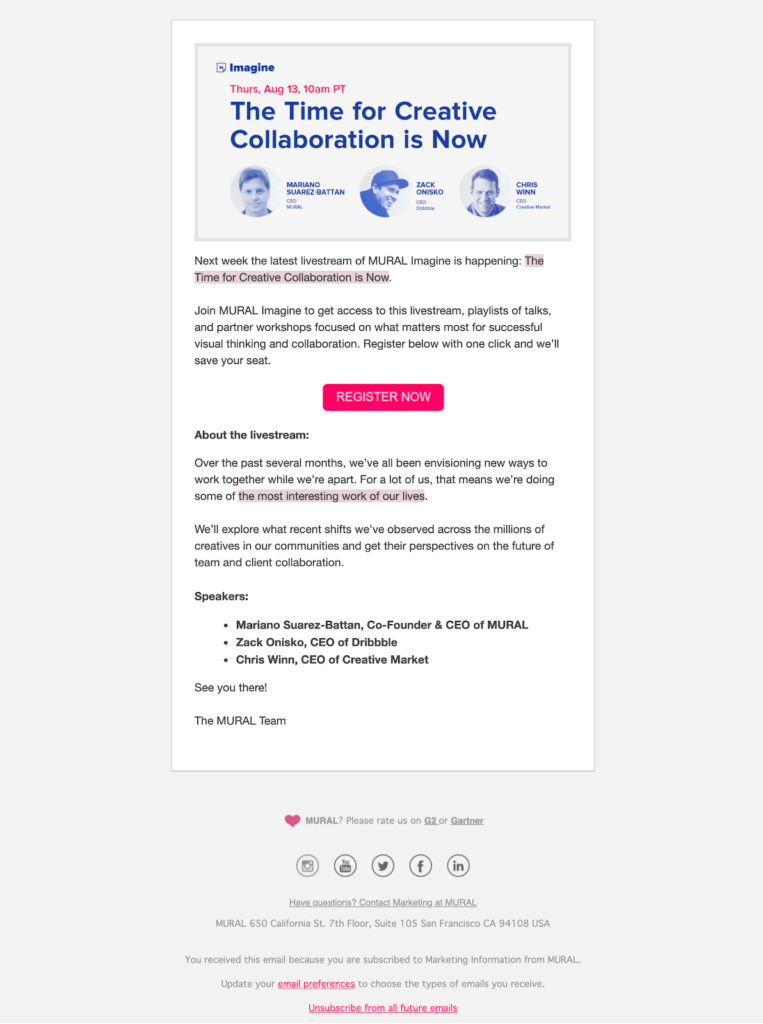
Mural’s email strategy explains this point quite nicely. Each email focuses on one topic, let that be a feature or an event, explains it briefly and has a clear call to action.
These are only a few key points to consider while developing a successful user onboarding strategy. Every business is different and how they onboard new users should be unique to them. Therefore which strategies to adopt truly depends on their vision and mission.
To sum up, there are five essential steps for a successful onboarding strategy.
- Easy Sign Up
- Welcome Email
- First Login Guide
- In-App Engagements
- Educate with Emails
In the end, it is basically putting your users at first, keeping things simple, breaking it down into bits, keeping the content flowing and always adapting your strategy according to the feedback you receive and the statistical data.


